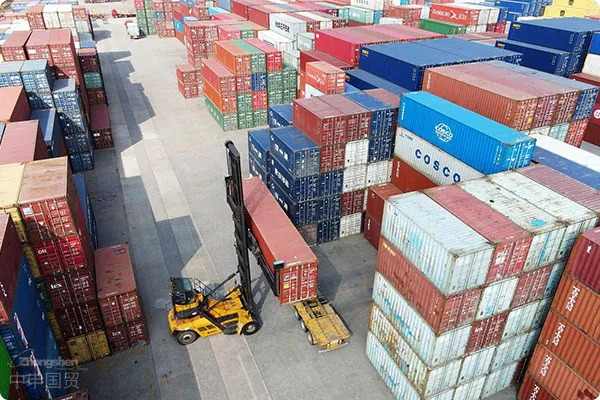- Shanghai Zhongshen International Trade Co., Ltd. - Two decades of trade agency expertise.
- Service Hotline: 139 1787 2118

Special Characteristics of Joint Venture EnvironmentalEquipment ImportsThe newly implemented Foreign Investment Equipment Supervision Regulations in 2025 clearly require that environmental equipment introduced by Sino-foreign joint venture projects must meet
dual certification standards. In handling the import of German-made wastewater treatment equipment, we found that equipment parameters must comply with both the GB18918-2024 national standard and the EU CE Machinery Directive certification. Thiscross-verification of technical parametershas become the primary challenge during customs clearance.Project initiation phase
Typical Operational Process Breakdown
- Project initiation phase
- Verify whether the foreign investment ratio of the joint venture complies with the equipment duty-free policy
- Pre-review the compatibility of equipment technical parameters (prepare a comparison table of Chinese/foreign standards)
- Customs declaration phase
- Accurate HS code classification (focus on preventing confusion between categories 8419/8421)
- Import of used equipment requires providing original usage records and environmental test reports
- Logistics and distribution phase
- Special-sized equipment requires advance reporting of transportation routes (check height-restricted sections across provinces)
- Key points of customs ledger management for equipment temporarily stored in bonded warehouses
Key Points of Customs Clearance Practice in 2025
According to the latest Announcement No. 58 of the General Administration of Customs, imported environmental equipment must30 days before port arrivalcomplete energy efficiency pre-declaration. We recommend adopting a modular customs declaration strategy: splitting the equipment intocore components(tariff rate 5%) andauxiliary systems(tariff rate 8%) for separate declaration. A Japanese-funded enterprise saved 17% in tariff costs through this method.
Sino-foreign equipment compatibility verification
- Power system verification (380V/50Hz adaptation solution for overseas equipment)
- Control system interface protocol conversion (Modbus and Profibus protocol converter configuration)
- Emission standard conversion (equivalence recognition between ISO 8573 and GB/T compressed air standards)
Cooperation mode selection recommendations
Based on 20 years of agency experience, we have summarized three effective cooperation models:
- Full-process hosting model: Suitable for enterprises testing their first order (service fee accounts for 1.2-1.8%)
- Risk - sharing model: Tiered fees based on customs clearance time (daily reduction of 0.05% for delayed clearance)
- Technical supervision mode: Provides on-site customs coordination for equipment installation and debugging (saving 3-5 working days)
Typical case analysis
A Sino-American joint venturephotovoltaicpanel cleaning equipment project encountered customs clearance delays: due to failure to obtainAutomatic Import License(involving O certificate management) in advance, the equipment was detained at the port for 28 days. After our intervention, we adoptedBatch-by-batch customs clearancestrategy, declaring the core laser components separately, recovering 85% of direct losses. This case reveals three mandatorypre-import reviews:
- for joint venture equipment imports
- Verification of Equipment Purpose and Total Investment Matching
- Compliance Review of Technology Transfer Terms
Related Recommendations
? 2025. All Rights Reserved. Shanghai ICP No. 2023007705-2  PSB Record: Shanghai No.31011502009912
PSB Record: Shanghai No.31011502009912










